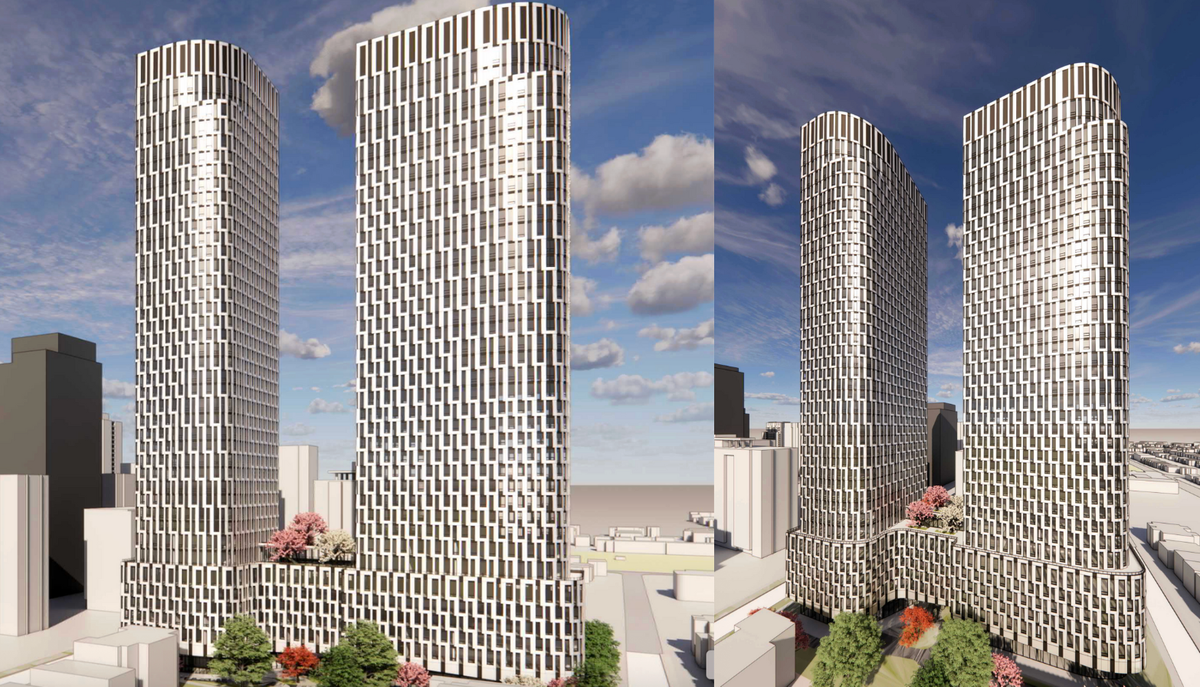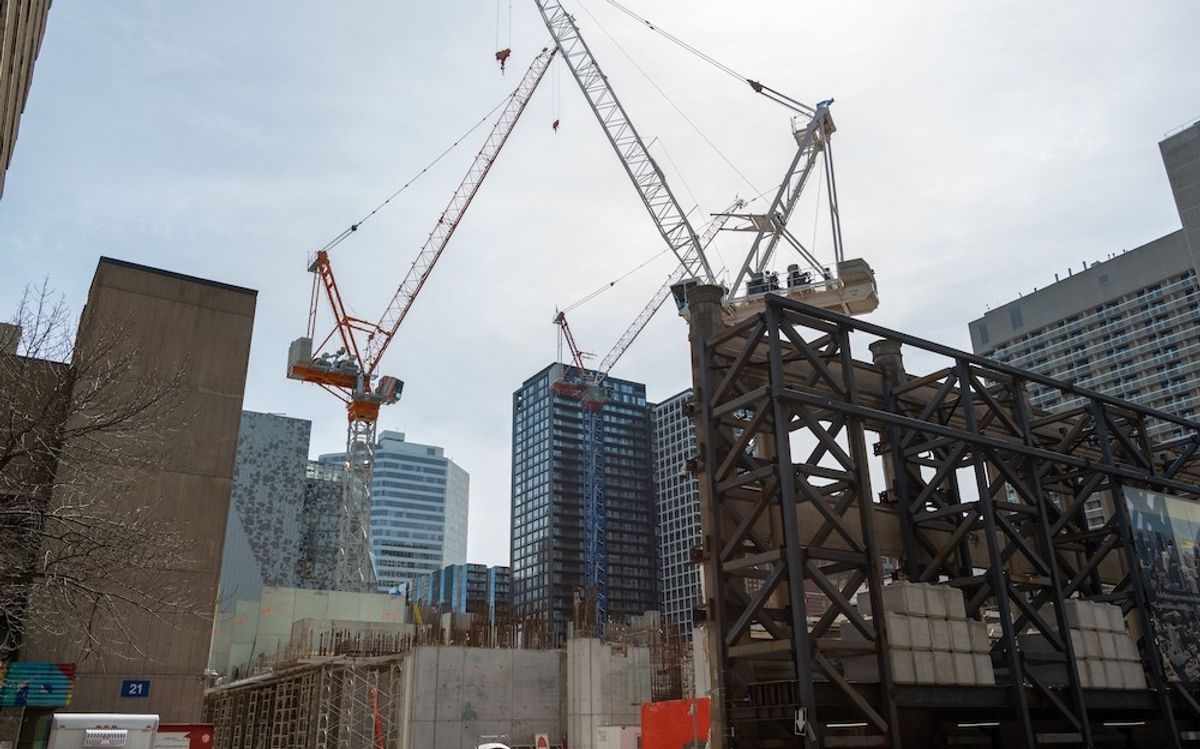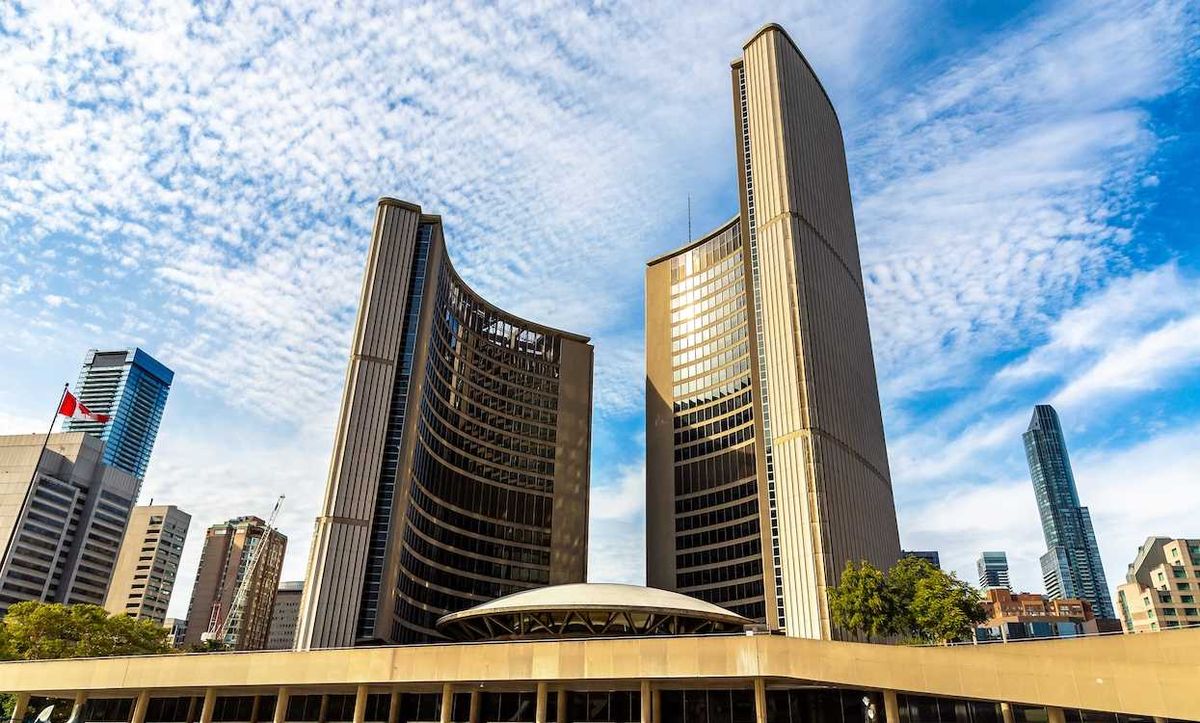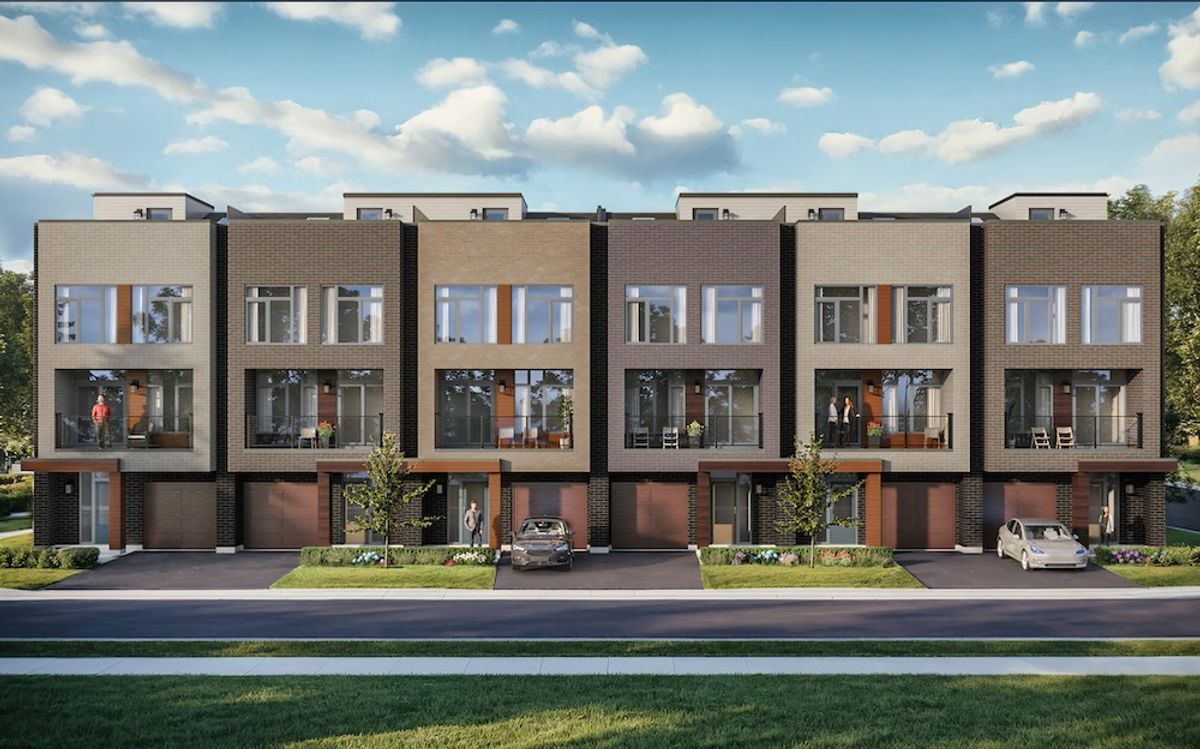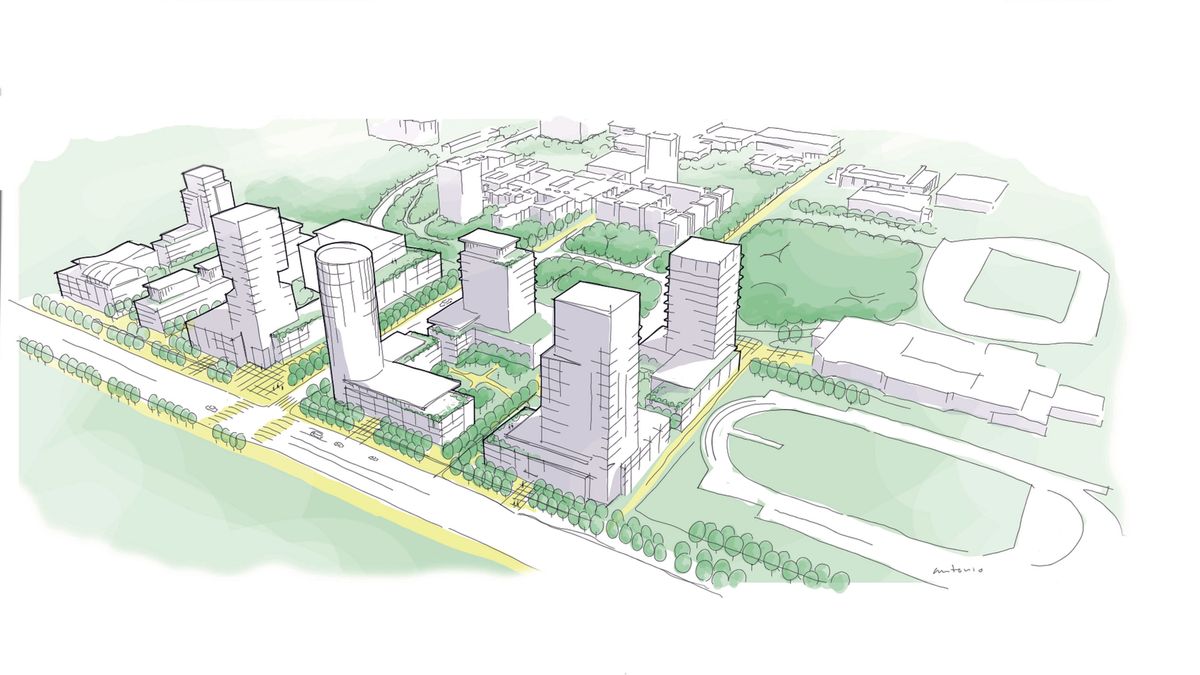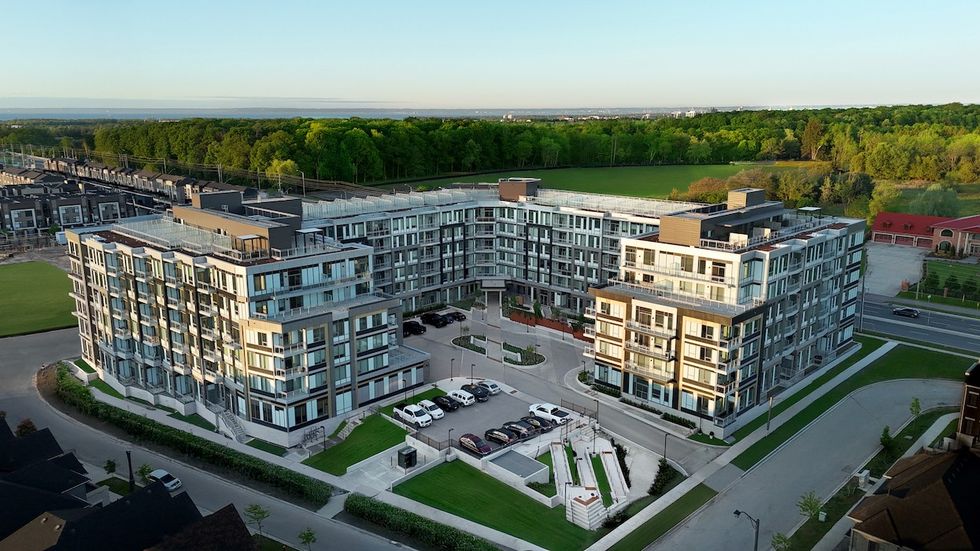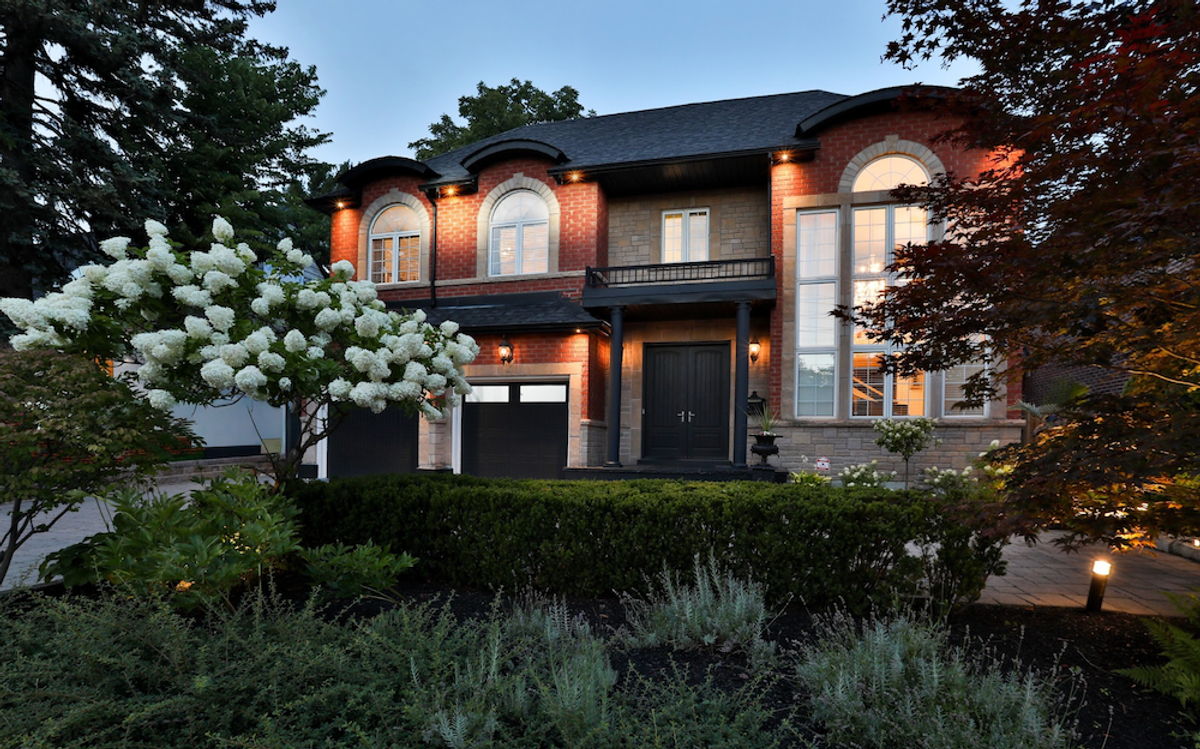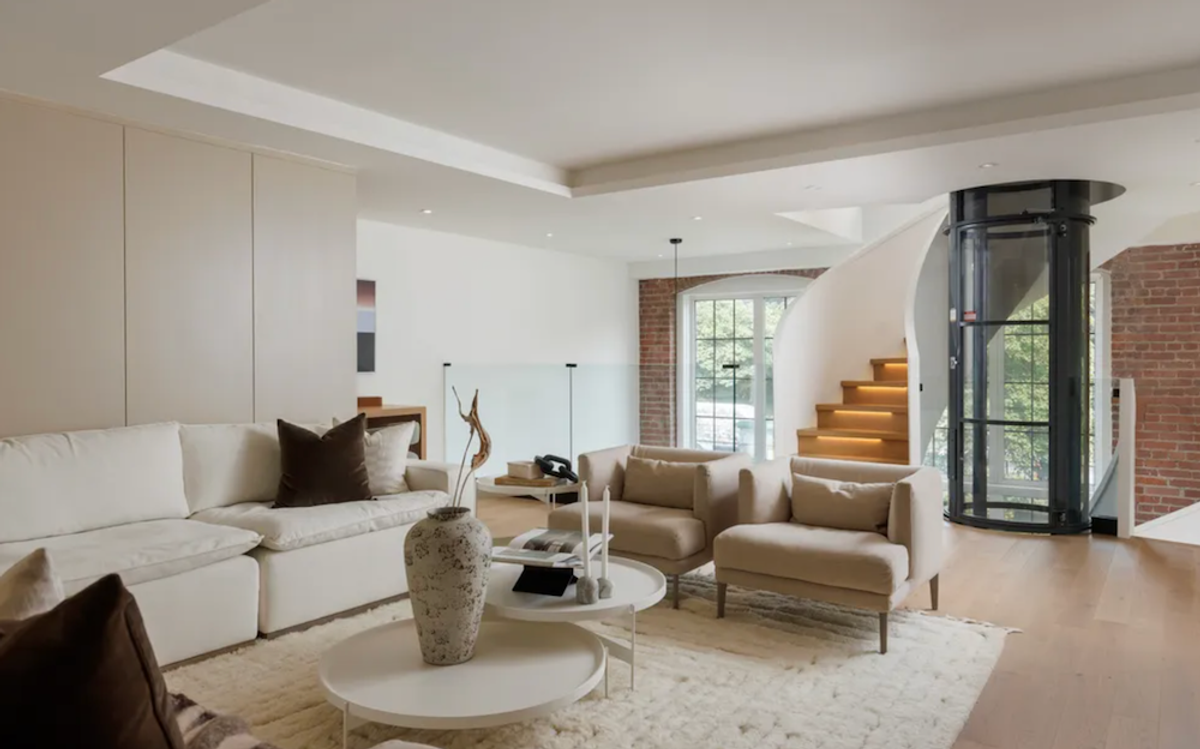Canada in the 1970s was a time of disco, feminism, and rapid rental construction. From 1974 to 1981, the Canadian government fostered the production of nearly 200,000 rental housing units. This was the byproduct of a popular tax incentive known as the Multiple Unit Rental Building (MURB), which was designed to accelerate rental construction. Essentially, it allows investors in new rental apartments to lower their personal taxes by claiming depreciation and other apartment costs against other forms of income.
The incentive was used by the wealthy set with extra dollars to build mostly low- and mid-rise apartments in cities across Canada. Scrapped in 1981 amid criticisms of inefficiency and favouring wealthy investors, MURB could soon get a new lease on life, as the Canadian Liberals advocate to bring it back.
Is the return of MURB a viable solution in the current housing crisis? We asked the big players in Canada’s rental space to weigh in...
Different Times, Different Circumstances
While the 1970s was not without its sociopolitical challenges, it was a different time – one that required a different approach to new-home construction. Certain characteristics, like high inflation and stagnant wages, were similar to today’s climate, but homebuilding was a different ballgame. It’s no secret that today’s embattled construction industry has seen better days, faced with everything from labour shortages and infrastructure challenges, to higher construction costs and development fees.
Subsequently, new housing starts have plummeted. Canada Mortgage and Housing Corporation (CMHC) reported that Toronto housing starts dropped 25% between 2023 and 2024, including by 35% in rental. While Canada’s housing starts remain virtually unchanged since the 1970s, the country’s population has more than tripled.
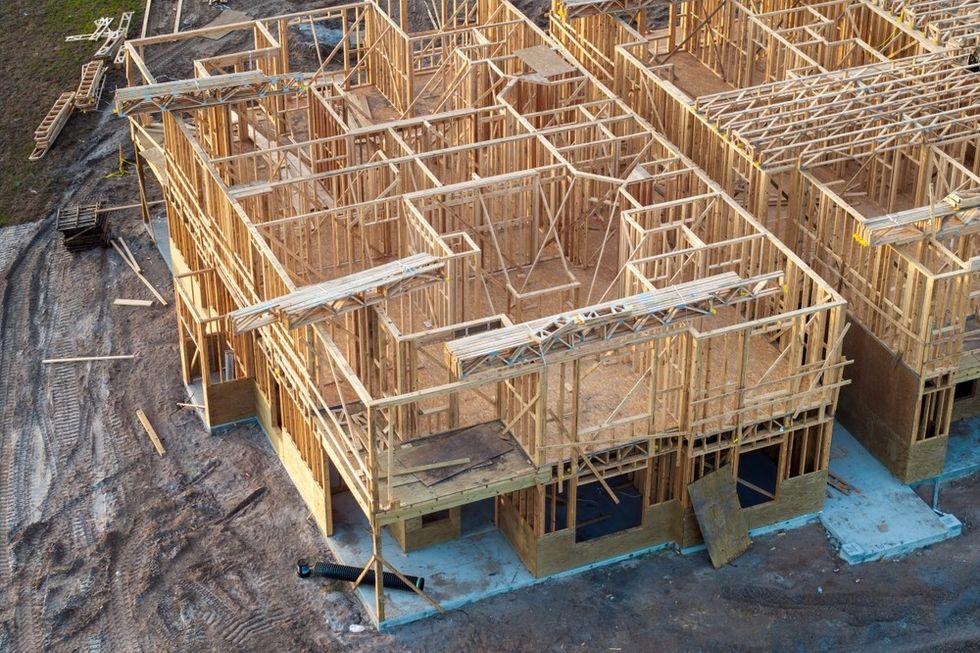
Oren Turkienicz, Vice President of Acquisitions at Pinemount Developments, says Canada could “possibly, but not identically” experience a similar outcome of nearly 200,000 new rental units this time around.
“There are very clear differences between the construction and development landscape today versus what it was back then; for example, construction costs were considerably lower,” says Turkienicz. “I think there are still concerns with municipal approvals being delayed, availability of economically priced land, etcetera. I think if permitting, municipal costs, stable interest rates, and infrastructure support is paired with the introduction of this program, it could be a very good driver of mid-rise rental development.”
Michael Tsourounis, Managing Partner, Chief Investment Officer at Hazelview Investments, also highlights the differences between today and 50 years ago. “The conditions we’re building in today are much more complex than in the 1970s: higher costs, longer timelines, and fragmented policies,” says Tsourounis. “But if the MURB incentive is designed for today’s market, with clear eligibility, streamlined approvals, and policy stability, it could still play a meaningful role for smaller-scale investors.”
A Changing Role For Investors
The introduction of MURB changes the roles of real estate investors – especially considering the state of the country’s stalled condo market. “For long-term investors, MURB could be a compelling alternative to the condo rental model,” says Tsourounis. “It offers greater control, less volatility, and the ability to leverage professional property management, especially when paired with tax advantages like accelerated capital cost allowance.”
In the 1970s, the tax incentive was a generous one. “Not that I'm a tax expert, but in my opinion, it should be considered more of an attractive investment for a small scale investor,” says Turkienicz. “The MURB incentives allow investors to deduct capital costs like depreciation from other income.”

The return of MURB could be significant enough to inspire investors to build income properties rather than buy them, says industry experts. “It could [inspire investors to build], particularly if paired with supportive measures like zoning reform, pre-approved templates, or modular incentives,” says Tsourounis. “Rising costs tied to condo ownership make purpose-built rental an operationally smarter choice, but investors need clarity and simplicity to act.”
In order for MURB to motivate small-scale investors to build homes, Turkienicz too stresses that it needs to be properly structured. “It presents a clear financial advantage to constructing and holding rental units, as opposed to simply acquiring resale condos,” says Turk. “The uptake will depend on how simple the program is to access, what the terms are around the depreciation, its ability to be utilized as a tax benefit to investors, and the availability of viable sites for the purposes of purpose-built rentals.”
The Benefits
The idea behind MURB is that the tax incentive will draw would-be investors off the sidelines and into the new-home construction market to create much-needed rental housing. Its reemergence comes at a time when the demand for rental housing has intensified across the country. Factors like sky-high home prices, high costs of living, and stagnant wages keep would-be Canadian buyers in the rental market for longer. Let's not forget about population growth that only adds to supply-side rental market pressure.
“If this concept gets introduced, I think this is a clear admission that there is a supply versus demand imbalance by the federal government,” says Turkienicz. “It will push more investment into purpose-built rentals, as opposed to other types of real estate investments, and accelerate supply. It incentivizes private capital to invest in building more housing.”
The hope is that MURB could inspire policy shifts for all new-home builders to “get shovels in the ground,” as they say, and bring more supply to the market.
“MURB signals a strong federal commitment to purpose-built rental, prioritizing long-term supply over short-term interventions,” says Tsourounis. “If implemented well, we’re hopeful that it could unlock complementary measures that support institutional developers, such as aiding in the reduction of development charges on new builds, CMHC-backed financing, and faster permitting. Ultimately, aligning private investment with public goals helps address national supply shortages while minimizing displacement.”
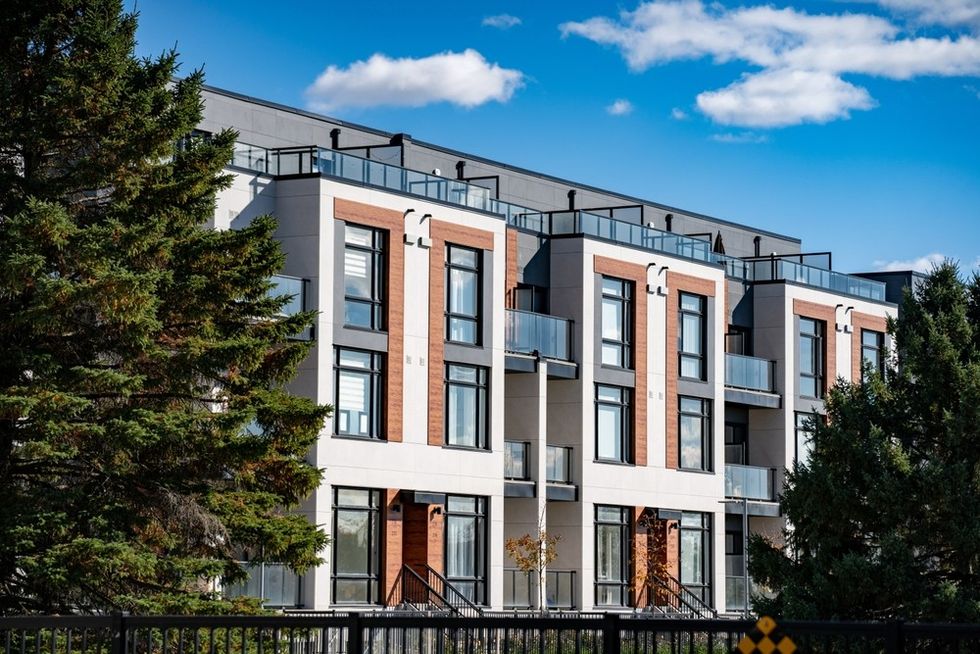
While he acknowledges its shortcomings, Fitzrovia Founder and CEO Adrian Rocca calls the potential re-adoption of MURB a positive move. “It will be very helpful; it doesn’t help the institutional players in the space, which are generally pension plans who are already tax exempt, but it does help to bring private capital off the sidelines and it gives people a very tax-efficient vehicle to develop and operate these assets,” says Rocca. “I’m a big supporter of any bold action that is going to change the economic profile of these deals in this sector, and this is a step in the right direction.”
Rocca says MURB isn’t a direct replacement of purchasing condos and renting them out, but it’s a way to bring investor capital, private capital, and retail capital to develop and manage long-term. “The more you can bring capital into the system – whether development capital or long-term patient capital – that’s going to hold these assets and manage them is a net positive that’s good for the asset class,” says Rocca.
The Lingering Criticism
Like most policies, MURB isn’t without its criticism – past and present. A 1981 CMHC report, for example, highlighted that the main beneficiaries of MURB were investors, promoters, and developers with high marginal tax rates. Essentially, it stated that promoters were overvaluing projects and investors, unversed in real estate matters, were purchasing the asset solely as a tax shelter. MURB also lacked an affordability component and was a pricey policy for taxpayers, costing a cool $242 million at the time.
“The clear negatives can be seen from the original program,” says Turkienicz. “You don't want speculation in markets where the fundamentals don't make sense. You also don't want the tax shelter concept to be abused, where the end product suffers. I think this program will require the policy to consider the issues of the past, in order to appropriately address housing concerns in the future.”
Furthermore, MURB is not a solution for the construction of badly-needed large-scale residential developments. “MURB is built for individual investors; it’s not designed to move institutional capital at scale which drives large-scale, long-term development, especially in major urban markets like Toronto,” says Tsourounis. “Without tackling structural challenges like land availability, infrastructure, or streamlined public-private collaboration, it’s only a partial solution to the housing shortages we’re experiencing right now.”
Another concern is that investors will be purchasing existing homes to demolish in low-income neighbourhoods, displacing existing renters in the process. So, there will need to be protections in place for this segment, say critics.
One Part Of An Intricate Solution
It’s just one part of the supply-side solution to the rental market revival – especially if coupled with needed reform to zoning and development fees. Other initiatives, like the removal of GST on the construction of new rental apartments (2023) and the freezing of development fees in some regions also play a role, as do ever-changing sociopolitical conditions.
Rocca expressed the need to double down on CMHC and ask for an increase in the allocation to the Apartment Construction Loan Program (ACLP). “We need more capacity in that program,” says Rocca. “I believe CMHC could put out two to three times the current allocation. There [are] a lot of projects waiting in the wings that could be a good fit for that program. We just need the federal government to step up and provide a bigger allocation.”
Either way, any change is a welcome one. “Anything that is going to change the economic profile of this sector is what we should be doing,” says Rocca. “Now, more than ever, the economic model is largely impaired. So, the more we can create either a tax efficient structure or introduce government policy that will enhance development margins to warrant capital investing in the sector is absolutely a good thing for our sector.”

